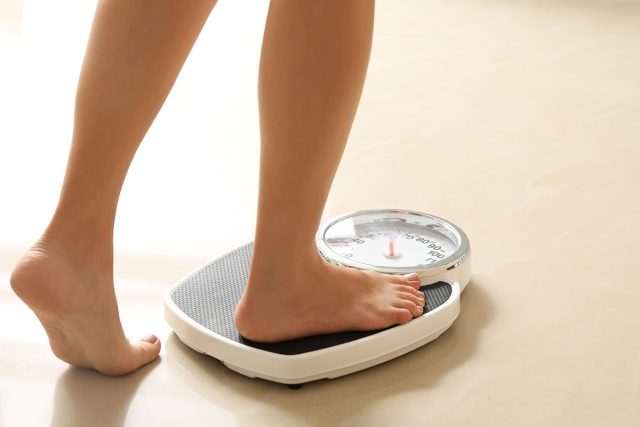High blood sugar—or hyperglycemia—is a condition most commonly experienced by those with diabetes. “The easiest way to prevent hyperglycemia is to control your diabetes,” says Amy Hess-Fischl, MS, RD, LDN, BC-ADM, CDCES. “That includes knowing the early symptoms—no matter how subtle. Remember, there are many aspects of your diabetes care you can control.” Here are five sure signs of high blood sugar. Read on—and to ensure your health and the health of others, don’t miss these Sure Signs You’ve Already Had COVID.


Increased thirst and hunger are common signs of high blood sugar. “No matter how much you drink, it feels like you’re still dehydrated. Your tissues (such as your muscles) are, in fact, dehydrated when there’s too much glucose (sugar) in your blood,” say Amy Hess-Fischl, MS, RD, LDN, BC-ADM, CDCES, and Lisa M. Leontis RN, ANP-C. “Your body pulls fluid from the tissues to try to dilute the blood and counteract the high glucose, so your tissues will be dehydrated and send the message that you need to drink more. This is also associated with increased urination. Even after you eat, you may still feel very hungry. That’s because your muscles aren’t getting the energy they need from the food; your body’s insulin resistance keeps glucose from entering the muscle and providing energy. Therefore, the muscles and other tissues send a ‘hunger’ message, trying to get more energy into the body.”


Sweet-smelling urine is a sign your blood sugar could be too high, experts warn. “Normally, the amount of sugar leaving the body through the urine is not detectable,” says Matthew Goldman, MD. “However, if someone’s blood sugar level is elevated enough, sugar begins to leave the bloodstream through the kidneys and enters the urine.”


If you’re experiencing issues with your vision, it could be a sign of hyperglycemia. “As many as one in four working-age adults (those in their early 20s to early 60s) have Type 2 diabetes, but they don’t know it,” says ophthalmologist Yu-Guang He, M.D. “So, you can imagine their surprise when they see me, an ophthalmologist, for blurred vision or eye floaters, and we hand them a referral to get checked for diabetes. Patients with Type 2 diabetes are at increased risk for diabetic eye disease, a group of diabetes-related eye conditions such as diabetic retinopathy and diabetic macular edema (DME). Approximately one third of my working-age patients have diabetic eye damage, and diabetic retinopathy is the leading cause of blindness in this age group.”


If you’re dealing with chronic, unexplained fatigue, consult your healthcare provider to rule out any blood sugar issues. “There’s no question that fluctuations in your blood sugar levels can cause fatigue,” states Diabetes Care Canada. “When your blood sugars are too high, for example, the blood can’t circulate as efficiently and your cells don’t get the oxygen and nutrients they need to function optimally. High blood sugar can also cause inflammation. This in turn, releases cells called monocytes into the brain causing fatigue. Similarly, if your blood sugars are too low, your cells aren’t getting enough fuel to work well either, which affects your energy levels.”


Unexplained weight loss should never be ignored. “When we diagnose someone, we assume they have probably already had diabetes for about five years,” says endocrinologist Kevin Pantalone, DO. “Often what happens is people minimize the symptoms or rationalize them and they get worse until they become severe enough that they have to see someone. They have excessive weight loss or are really tired of peeing all night.”
Ferozan Mast
from WordPress https://ift.tt/G5XxDao
via IFTTT










No comments:
Post a Comment